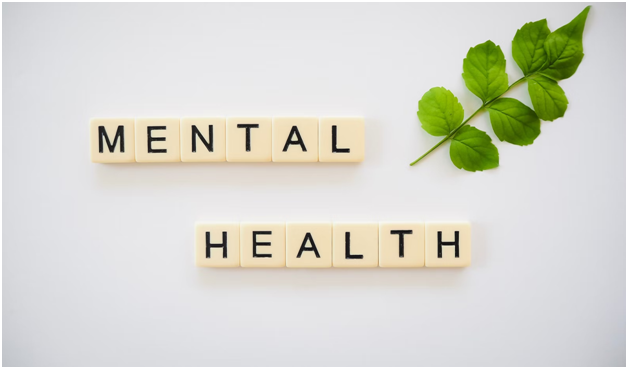What Are the Main Types of Concussions
Nearly 1.7 million Americans sustain a traumatic brain injury (TBI) each year. Some of the most common causes include falls, vehicle collisions, and sports injuries.
Depending on the severity, it can lead to contusions, brain hemorrhages, intracranial hematomas, and skull fractures.
Concussions are another possibility. In fact, they occur every 21 seconds in the United States.
What are they? How many different types of concussions are there? For the answers, be sure to keep reading.
We’ll be going over everything that you need to know below!
What Is a Concussion?
A concussion is a type of mild brain injury. It occurs when the brain twists or bounces inside the skull due to direct trauma to the head.
While they’re not usually life-threatening, they can cause serious symptoms such as headaches, confusion, double vision, and loss of consciousness. Other signs of a concussion include balance problems, loss of smell, nausea, and vomiting.
Seek medical attention right away if you experience prolonged headaches, consistent memory loss, or ringing in the ears as it may indicate a more serious injury.
Different Types of Concussions
Doctors grade the severity of concussions based on things like loss of equilibrium, loss of consciousness, and amnesia. There are three types:
Grade 1 Concussion: A low-grade concussion with symptoms that last less than 15 minutes. Mild in severity, it doesn’t usually involve loss of consciousness. Common causes include car crashes and sports accidents.
Grade 2 Concussion: A moderate concussion that may involve a brief loss of consciousness (less than five minutes). Additional symptoms include confusion, seeing stars, dizziness, ringing in the ears, and irritability. Several days of rest may be needed before returning to normal activities.
Grade 3 Concussion: A severe concussion in which you lose consciousness for several minutes. You may also experience speech difficulty and amnesia, both of which may last for several weeks before subsiding. There’s also a risk of permanent brain damage.
Concussion Treatment Options
Treatment depends on the type of concussion. For example, mild concussions can usually be treated at home with rest. This means minimizing the use of electronics such as cellphones and computers as bright lights can worsen recovery symptoms (check out this blog for more information).
It’s also recommended that you drink plenty of water as concussions can cause nausea and vomiting, which can lead to dehydration.
For severe concussions, surgery may be necessary if there’s bleeding or swelling in the brain.
Understanding the Different Types of Head Injuries
As you can see, there are three types of concussions, all of which are graded based on severity. For those who are experiencing symptoms, go to a doctor right away—you don’t want to wait when it comes to serious head injuries.
If you liked this guide, you’ll be happy to know that we have more posts like this in our health section. Check it out today!
For More Articles Visit: Flashy Info







